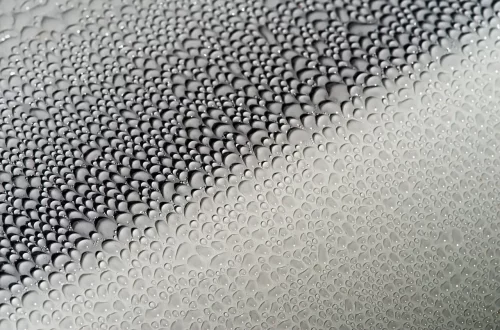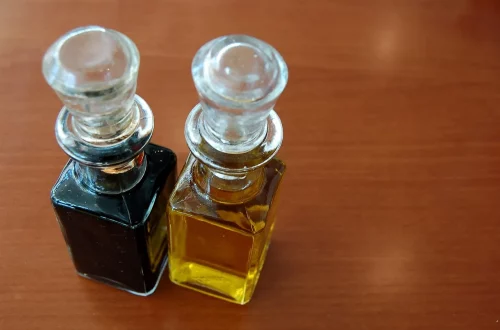
The Mystery of Purple Bird Poop: What You Need to Know
The vibrant hues of nature often surprise us, and one of the most unexpected phenomena is the sight of purple bird droppings. For many, this unusual color raises eyebrows and questions. What causes this distinct coloration? Is it a sign of something more significant, or is it merely an oddity of the avian world? Understanding the intricacies of bird digestion and diet can shed light on this peculiar subject.
Birds are fascinating creatures with diverse diets that can vary greatly depending on their species and environment. As they consume different types of food, the pigments and compounds within these items can influence the color of their droppings. The appearance of bird poop can tell us a lot about their health and dietary habits, and in some cases, it might even serve as an indicator of environmental changes.
While many people might find purple bird droppings alarming, they often stem from harmless dietary choices. However, in certain circumstances, they can signify health issues. This article will delve into the reasons behind this colorful phenomenon, offering insights into bird behavior, diet, and overall health.
Understanding Bird Digestion and Diet
Birds possess unique digestive systems tailored to their dietary needs. Unlike mammals, birds have a gizzard, a specialized stomach that grinds food with the help of ingested stones or grit. This adaptation allows them to process various food types efficiently. The digestive process begins in the beak, where food is initially broken down and mixed with saliva before entering the esophagus.
The diet of a bird significantly influences the color and consistency of its feces. For instance, birds that consume fruits and berries rich in pigments may produce droppings with vibrant colors. Purple poop, in particular, often results from birds that feast on berries such as blackberries, blueberries, or even certain types of grapes. These fruits contain anthocyanins, a type of pigment that can lend a purple or blue tint to the droppings.
Additionally, the presence of other food items, such as seeds, insects, or even flowers, can also contribute to the coloration and texture of bird droppings. Birds like the American Robin, which often consume a variety of fruits, are more likely to produce purple feces due to their diverse diets. Understanding their eating habits can provide context for the appearance of their droppings.
It’s also worth noting that not all birds are equal in their dietary habits. For example, seed-eating birds may produce droppings that are more brown or green, depending on the seeds consumed. In contrast, birds that regularly consume fruits may have more colorful feces. Observing the diet of the specific bird species can offer insights into the appearance of its droppings.
The Role of Health in Bird Droppings
While many instances of purple bird droppings are benign and simply the result of diet, health issues can occasionally manifest in unusual fecal coloration. Healthy birds typically have well-formed droppings that indicate a balanced diet and proper hydration. However, changes in fecal color, consistency, or odor may signal underlying health problems.
For example, if a bird’s droppings suddenly change color and this change persists, it might indicate an illness. In cases where the droppings are consistently purple without dietary changes, it could be a sign of gastrointestinal distress or infection. Certain diseases can affect a bird’s ability to digest food properly, leading to the excretion of abnormal droppings.
In addition to purple droppings, birds may exhibit other symptoms of distress, such as lethargy, changes in appetite, or alterations in behavior. Monitoring these signs is crucial for bird owners and enthusiasts alike. If there are concerns about a bird’s health, it’s essential to consult an avian veterinarian who can assess the situation accurately.
It is important to remember that while unusual droppings can be alarming, they are not always a cause for concern. Changes that coincide with dietary shifts are typically harmless. Nonetheless, understanding the connection between health and droppings can empower bird owners to take proactive steps in monitoring their pets.
Environmental Factors and Their Impact
The environment plays a vital role in shaping the diets of birds, and consequently, their droppings. Seasonal changes can affect the availability of food sources, which in turn influences what birds eat. For instance, during spring and summer, many birds have access to a plethora of fruits and berries, which can lead to a temporary increase in colorful droppings.
Moreover, urbanization and habitat changes can also impact bird diets. As natural habitats are altered or diminished, birds may adapt by seeking out new food sources, including cultivated fruits from gardens or orchards. This adaptability can lead to variations in fecal coloration as birds take advantage of whatever food is readily available.
In some cases, pollution and environmental stressors can affect the health of birds and their fecal output. Contaminated water sources or pesticide use can lead to dietary changes that may affect the color and consistency of droppings. Understanding these environmental impacts is crucial for bird conservation efforts.
Furthermore, birdwatchers and enthusiasts can play a role in monitoring bird health and dietary habits. By documenting changes in droppings and correlating them with environmental factors, they can contribute valuable data to researchers studying avian health and behavior.
What to Do If You Encounter Purple Bird Poop
Encountering purple bird droppings can be a perplexing experience, but it is essential to approach the situation with a calm and informed perspective. If you notice these unusual droppings, the first step is to consider the possible dietary causes. Observing the local bird species and their eating habits can help determine if the coloration is a natural occurrence.
If you are a bird owner and notice a consistent change in your pet bird’s droppings, it is advisable to evaluate its diet. Ensure that your bird is receiving a well-balanced diet rich in fruits, vegetables, and high-quality pellets. If the droppings remain abnormal despite dietary adjustments, it is crucial to seek veterinary advice.
For those who enjoy birdwatching, documenting the presence of purple droppings can provide valuable insights into local bird populations and their feeding behaviors. Sharing this information with local wildlife organizations can contribute to broader understanding and conservation efforts.
Ultimately, while the sight of purple bird poop may raise questions and concerns, it often serves as a reminder of the fascinating complexities of avian life. Observing and understanding these creatures enhances our appreciation for the natural world and underscores the importance of maintaining healthy ecosystems.
**Disclaimer:** This article is for informational purposes only and should not be considered medical advice. If you have concerns regarding the health of your bird or any other medical issues, please consult a qualified veterinarian.




